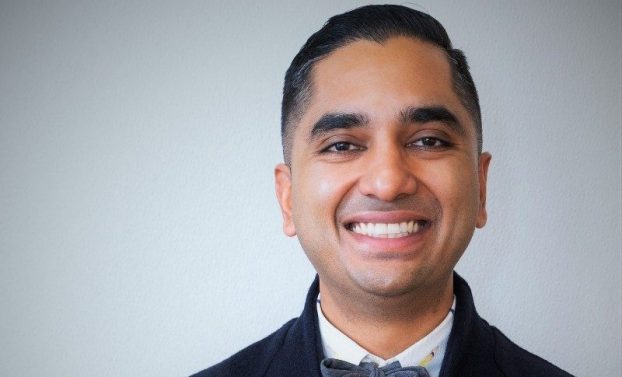
By Will Novosedlik
If Pinterest were a country, boasts its website, it would be the third largest in the world after China and India. Among its population of 463 million users, millennials are the largest group, and women ages 18-24 come in at second. It is the fifth most popular social media platform in Canada.
However, the image sharing giant does not like to think of itself as a social media platform. “Rather than social media, Pinterest is more personal media, which boasts a number of benefits for advertisers,” says Pinterest Canada’s country manager Kristie Painting. “Even though 97% of the search terms are unbranded, we are unique in this space in that people tend to come with commercial intent…Unlike every other social media platform out there, we don’t want you to come and then fall into a vortex. The idea is you come, you find your inspiration, and then you go and make it real.”
While that is certainly not what happens on Facebook, 52% of Canadian Pinterest users still spend 20 minutes or more on the platform. That sounds a lot like a vortex, but Pinterest wants you to see it as a good vortex. “We’re really committed to being a positive corner of the internet,” explains Painting. Painting goes on to say that scroll speeds on Pinterest are three times slower than other social platforms because when people come, they are working with intent. They’re looking for inspiration. They’re taking their time. Whereas the Facebook algorithm tends to feed off negative energy to keep people on the site, Pinterest claims to feed off positive energy. Its mission is to “give everyone the inspiration to create a life they love.”
If you’re a brand, you are an additive to the ‘discover-decide-do’ process because you are presenting solutions precisely when people are looking for them.
With 150 employees spread across engineering, product and sales teams, Pinterest’s Toronto office has the largest number of engineers outside of its San Francisco headquarters. That’s because Toronto and Waterloo are AI hubs, and AI is obviously indispensable in enabling Pinterest to serve up content that is most relevant to users.
As part of its mission, Pinterest relies on what it calls values-based planning. These days it’s focused primarily on the environment, mental health and diversity issues. “Brands are becoming increasingly values-centric, because consumers are expecting it,” Painting says. “When we make choices about where we spend our dollars, what we promote and the products we prioritize, we’re conscious of what our audience is going to be tuned into and how to respond to that with products that are going to resonate.”
As an example, Pinterest has created a skin tone search tool which will connect users with influencers who look like them and products that are designed for their physical attributes. It has also created something it calls compassionate search. As Painting explains, “When somebody types in a search term that we know is a red flag, we surface supportive content. We’ll say it looks like you may have something on your mind. Please know that there are lots of places that you can go to help, and we get that content in front of them. And that’s true across a variety of issues.”
While its intentions may be good, the brand has not been invulnerable to bad actors. According to a report in TechCrunch it was recently discovered that pedophiles were using the site to curate and sexualize innocuous photos of young girls. As if that was not enough, Pinterest’s recommendation engine was making it easier to find similar content. The company immediately responded with intensive safety measures, like adding more human content moderators, creating new reporting features, expanding its age verification process, increasing parental controls and making accounts owned by teens under 16 private by default.
Despite that negative disruption, Pinterest’s push for positivity appears to be working. Recent research carried out by UC Berkeley tested students near exam time when stress levels were highest. The research found that 10 minutes of Pinterest a day reduced burnout, lowered adrenaline levels, improved sleep and increased feelings of social connectedness. “Nine out of ten users call us an online oasis,” Painting highlights. “It’s not often that you hear screen time can actually be good for you.”






















